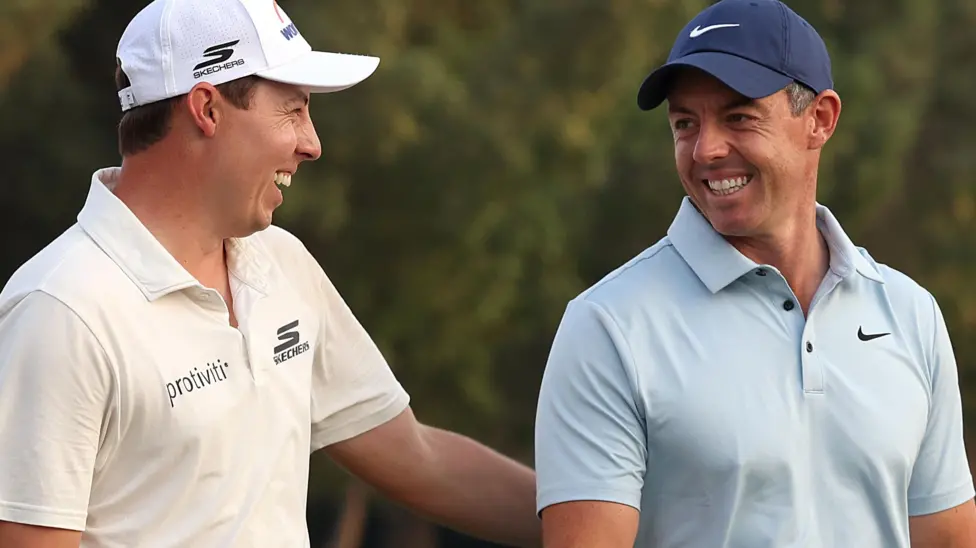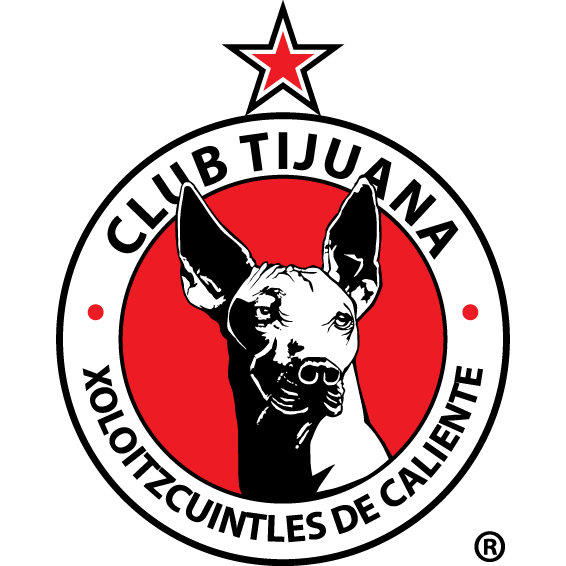
European Golf in Rude Health as Sponsor Demands Solutions to Fractured Game
Why European Golf Is in Rude Health – But Sponsor Still Wants Solutions to the Fractured Game
The European golf season couldn’t have signed off with a more theatrical flourish. Rory McIlroy and Matt Fitzpatrick, two of the continent’s most magnetic figures, produced a finale at the DP World Tour Championship that will live long in the memory. McIlroy’s late eagle — a punchy, nerveless blow under pressure — sent the crowd into a frenzy and forced a playoff. Fitzpatrick, riding a wave of long-awaited momentum, sealed his first win in two years.
McIlroy himself admitted as much when asked about the future. “The world of professional golf is still a little weird,” he said. A little weird might be underselling it. With so many unresolved questions — from LIV Golf’s place in the ecosystem to the status of Ryder Cup stars like Jon Rahm and Tyrrell Hatton — golf is drifting through a period of uncertainty that even its biggest talents can’t fully decode.
Rude Health on the Course, Fractured Foundations Off It
For all the turbulence, the product on the fairways was spectacular. McIlroy made history by becoming the first European player to complete the career Grand Slam, while Tommy Fleetwood captured America’s FedEx Cup with characteristic grace and grit. Europe’s Ryder Cup triumph in New York ignited further confidence and visibility for the continent’s golfers.
That momentum was underpinned by a major announcement: a new 10-year, multi-million-dollar extension with title sponsor DP World. The tour’s chief executive, Guy Kinnings, made it clear that success on the course was central to securing such backing. “You wouldn’t be doing that without success inside the ropes,” he told BBC Sport.
McIlroy echoed that sentiment, arguing that the DP World Tour — despite the chaos swirling around the professional game — has found “a very strong position.” He pointed to the depth of its schedule from September to January, with tournaments that consistently attract strong fields and loyal fans.
But there is another side to the story, and DP World themselves haven’t been shy about expressing it.
Daniel Van Otterdijk, the company’s Group Chief Communications Officer, was frank: the game is fractured, and fans are losing clarity — especially when trying to understand who truly is the best in the world.
A Sponsor’s Warning: Bring LIV, the PGA Tour, and the DP World Tour Together
Van Otterdijk didn’t mince his words. “The only solution to the golfing world is for all three major parties to come together,” he said. LIV, the DP World Tour, and the PGA Tour all have pieces of the puzzle, but right now they’re trying to complete different pictures.
His analogy was striking. Professional men’s golf, he argued, increasingly resembles boxing — where multiple champions claim multiple belts, leaving fans unsure who sits at the top of the pyramid. Scottie Scheffler may be world number one on paper, but with Rahm, Koepka and DeChambeau playing on a different circuit, how do we know? The rankings have become a debate instead of a truth.
“It feels a little like the boxing world,” Van Otterdijk said. “And it’s only really when you’re the unified world champion that you can claim that you’re truly the world champion.”
He believes the players feel it too — an uncomfortable hollowness in victories achieved without guaranteed battles against the full field of elite rivals.
A Schedule Under Scrutiny
One area where Van Otterdijk departed sharply from McIlroy’s optimism was the golf calendar itself. He wants deeper integration and more cross-tour participation, particularly from American stars who rarely appear at DP World Tour events unless a major or Rolex Series tournament requires it.
“I can’t say we are totally enamoured with the schedule as it stands,” he said. “I’d like to see a more integrated tour throughout the year.”
That would require a shift from the PGA Tour’s new leadership under Brian Rolapp, who arrived from the NFL and appears focused on American consolidation rather than global synergy. Within this dynamic lies one of the biggest stumbling blocks for a unified future: different tours with different priorities, all trying to maintain leverage.
The strategic alliance between the PGA Tour and the DP World Tour remains in place for now, and Kinnings insists it is strong. But it is up for renegotiation in 2027, and the direction of the PGA Tour under its U.S.-based ownership group remains uncertain.
The LIV Question: Rahm, Hatton and the Ryder Cup Roadblock
Then there is the ongoing tension surrounding Jon Rahm and Tyrrell Hatton, whose appeals against fines and suspensions loom large. Their cases will determine whether they can retain DP World Tour membership — and, crucially, remain eligible for Ryder Cup selection.
Kinnings is cautious, insisting the matter lies with the lawyers. But Van Otterdijk offered a fascinating hypothetical: what if LIV players one day want to return?
“Those guys may decide, look, we’ve made our money. We’d like to go back to other tours,” he said. The pathway back to the PGA Tour is essentially blocked. But the DP World Tour may offer an alternative route — earn one of the 10 annual PGA Tour cards through performance in Europe.
“That might be a good way of doing it,” he added, hinting that DP World wouldn’t oppose such a comeback narrative.
A Call for Unity Before the Cracks Widen
In the end, the message from the tour’s biggest financial backer was simple: unity isn’t just preferred — it’s essential.
Fans want clarity. Sponsors want stability. Players want meaningful competition. The fractured nature of men’s professional golf is unsustainable, no matter how dazzling the individual tournaments may look.
Van Otterdijk summed it up with a warning and a plea: “Listen to the fans and listen to the sponsors. Without those two groups, you don’t have a product.”
European golf may be in rude health on the course, but the fractured game around it needs fixing — and soon — if the sport is to reclaim the unity that once made it so compelling.




























There are no comments yet. Be the first to comment!